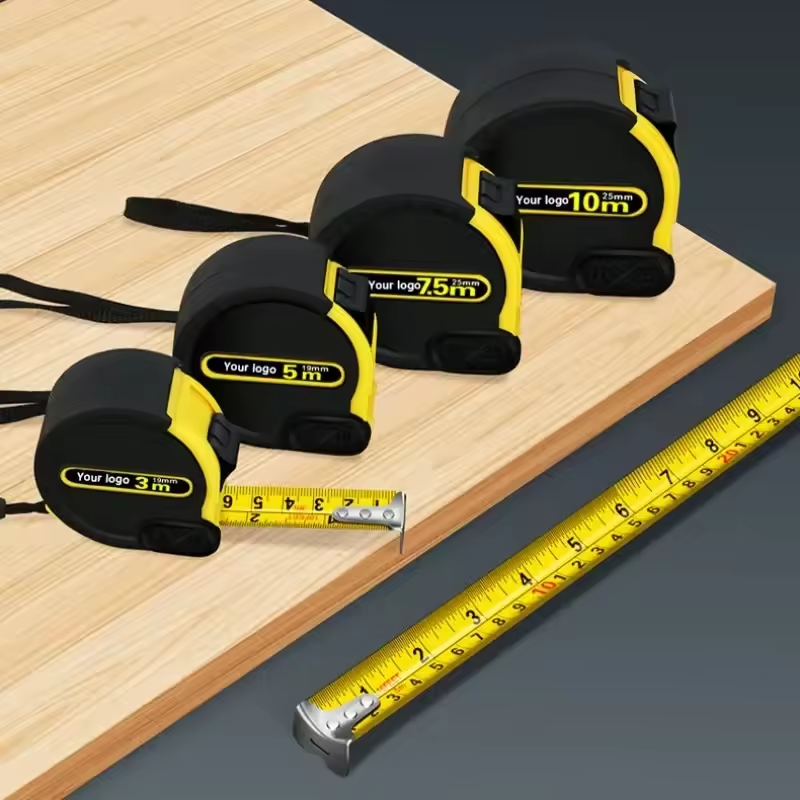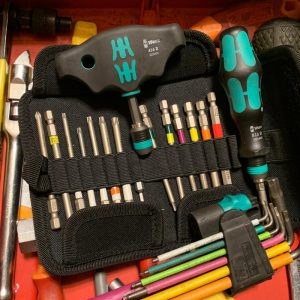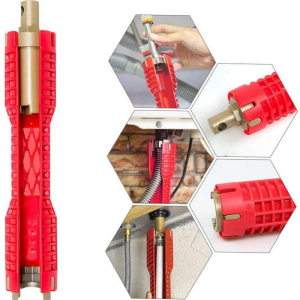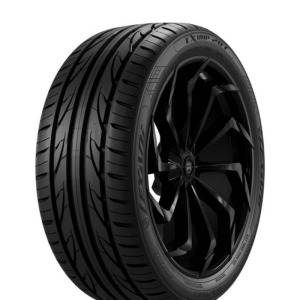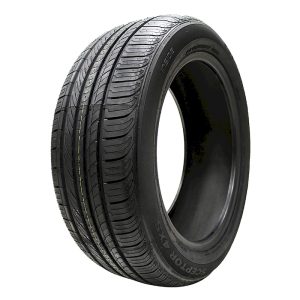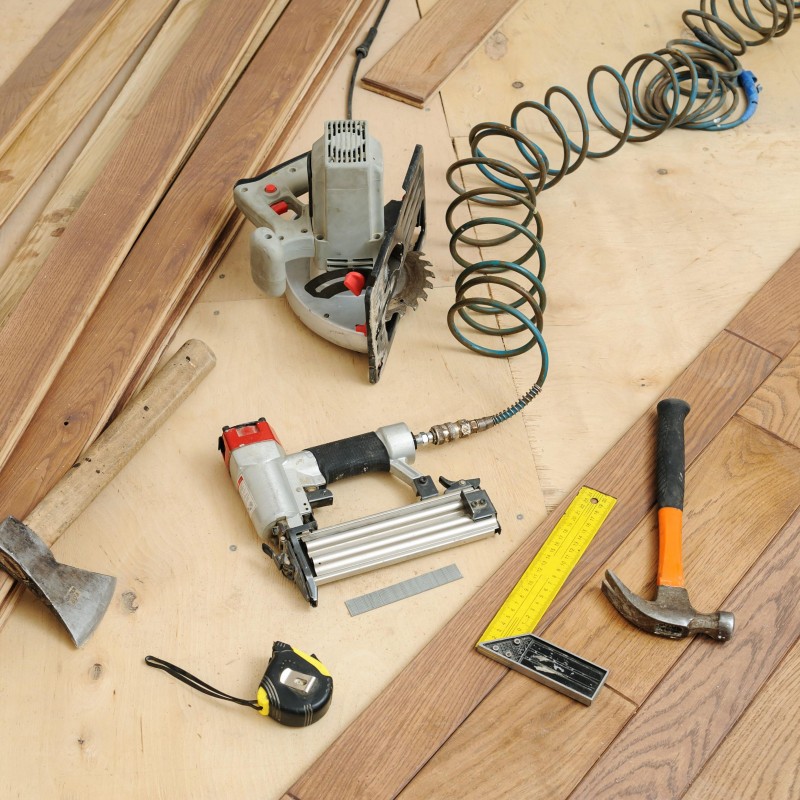
Every homeowner or handyman knows the value of having the right tools for DIY repairs. Must-have DIY repair tools not only help you fix things when they go wrong but also allow you to tackle various projects, from home improvement to basic maintenance tasks. Without the proper tools, even the simplest repairs can become frustrating and time-consuming. Your toolkit should include a selection of versatile and effective tools that cater to all your repair needs. In this comprehensive guide, we will explore various categories of must-have DIY repair tools, their uses, and tips for selecting the right options for your projects. By the end of this article, you’ll be well-prepared to stock your toolkit effectively and embark on your DIY journey with confidence.
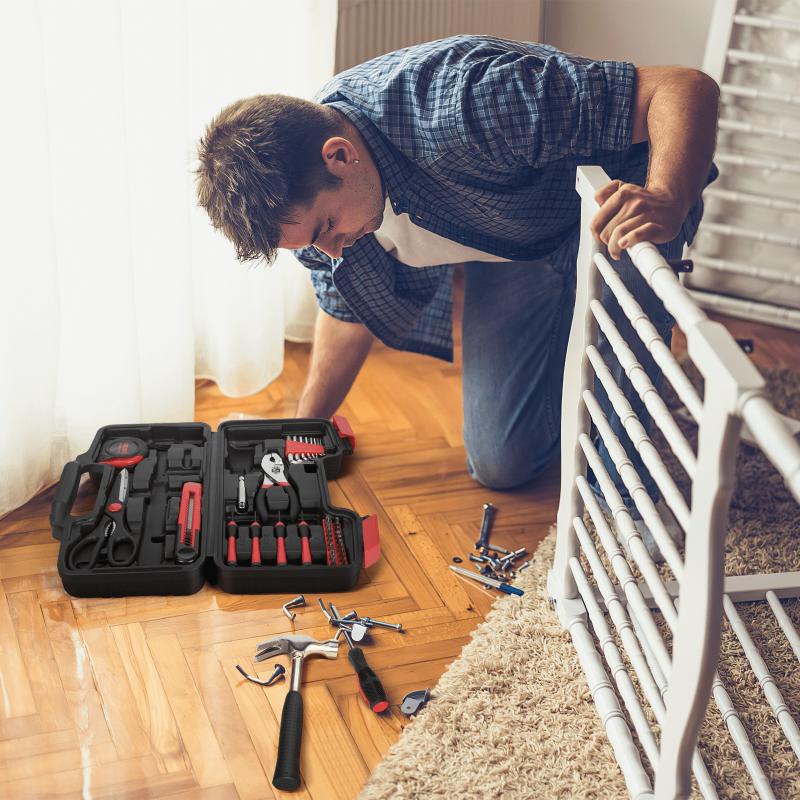
Understanding the Importance of Having a Tool Collection
Before diving into specific tools, it’s essential to understand why having the right DIY repair tools is crucial. A well-equipped toolkit offers numerous advantages:
- Efficiency: With the right tools, you can complete repair projects more quickly and effectively. This can save you time and frustration, allowing you to focus on other important tasks or enjoy leisure activities instead.
- Cost-Effective Solutions: By performing repairs on your own, you can save money on professional service fees. Investing in must-have DIY repair tools pays off in the long run when you tackle minor issues before they escalate into costly repairs.
- Skill Development: Tackling DIY projects can enhance your handyman skills. Over time, you will become more adept at using tools and handling various repairs with greater ease and confidence.
- Emergency Preparedness: Home emergencies can arise unexpectedly, such as a leaky faucet or a malfunctioning appliance. Having a well-stocked toolkit enables you to respond quickly and effectively, minimizing damage and inconvenience.
- Creative Freedom: A solid collection of DIY tools empowers you to take on creative projects. Whether you want to customize furniture or build new items from scratch, the right tools will aid in bringing your ideas to life.
Understanding these benefits highlights the importance of compiling a toolkit filled with must-have DIY repair tools. Now, let’s delve into the specific categories and must-have tools you should consider for your collection.
Essential Hand Tools for DIY Repairs
The foundation of any DIY toolkit begins with reliable hand tools. Here are some essential hand tools you should include in your collection, along with their specific uses:
- Screwdrivers: A quality set of screwdrivers is indispensable. Include various sizes and types, such as flathead and Phillips screwdrivers. They come in handy for nearly every DIY project, from assembling furniture to fixing appliances.
- Pliers: A good pair of pliers is essential for gripping, twisting, and cutting. Consider adding various types, such as needle-nose pliers, slip-joint pliers, and wire-cutting pliers for maximum versatility.
- Wrenches: Adjustable wrenches and a set of combination wrenches will allow you to tackle nut and bolt tasks easily. Their versatile design makes them suitable for various sizes, ensuring you can handle different fittings.
- Hammer: A reliable hammer is an absolute must-have for DIY repairs. Choose a claw hammer for general use, as it can drive nails in and pull them out when necessary.
- Tape Measure: Accurate measurements are essential to successful DIY projects. Invest in a durable tape measure that is at least 25 feet long for versatility in measuring lengths and dimensions.
- Utility Knife: A utility knife is ideal for cutting various materials, from cardboard to rope. Opt for a retractable blade for safety and ease of use.
Having these essential hand tools enables you to address numerous repairs and projects around your home. With versatility and reliability in mind, you’ll find yourself reaching for these tools repeatedly.

Power Tools: Boosting Efficiency in Your Projects
As you venture into more complex DIY repairs, power tools can enhance your efficiency and provide greater precision. Here are some must-have power tools to include in your toolkit:
- Cordless Drill: A cordless drill is an essential tool for most DIY projects. It can drive screws, drill holes, and perform various tasks conveniently. Choose a drill with adjustable speed and torque settings for added versatility.
- Circular Saw: A circular saw is perfect for making precise cuts in wood, metal, and other materials. This tool is excellent for larger projects, like building furniture or creating structures.
- Jigsaw: Jigsaws offer the ability to make intricate cuts and curves, making them ideal for detailed work. If you plan to cut shapes or patterns, a jigsaw should be in your toolkit.
- Orbital Sander: For smooth finishes on wooden surfaces, an orbital sander is invaluable. It allows you to sand surfaces quickly and easily, helping you prepare materials for painting or finishing.
- Reciprocating Saw: This tool is essential for demolition projects and cutting through various materials, such as wood and metal. A reciprocating saw can save you time and effort on jobs that require aggressive cutting.
- Angle Grinder: If you need to grind, cut, or polish metal surfaces, an angle grinder is an excellent addition to your toolkit. It is versatile for various metalworking tasks.
Investing in these power tools will significantly enhance your capabilities in DIY repairs, making larger projects more manageable and efficient.
Safety Gear: Protecting Yourself During Repairs
While must-have DIY repair tools are essential, safety should never be overlooked. Using proper safety gear will protect you from potential hazards during your projects. Here are some important safety items to consider:
- Safety Glasses: Protect your eyes from flying debris or chemicals by wearing safety glasses. This simple piece of equipment can prevent serious eye injuries during various tasks.
- Hearing Protection: Power tools can generate loud noises, potentially damaging your hearing. Use earmuffs or earplugs to safeguard your ears when operating noisy machinery.
- Respirators or Masks: Certain materials can produce fumes or dust that is harmful to inhale. A quality respirator or mask will keep your lungs safe from exposure, especially during sanding or painting tasks.
- Gloves: Work gloves protect your hands from cuts, abrasions, and chemicals. Choose gloves that are appropriate for the tasks you’ll be doing, ensuring comfort and maximum flexibility.
- Knee Pads: If your projects will involve kneeling on hard surfaces, investing in knee pads is a wise choice. They provide comfort and support, allowing you to work for longer periods without discomfort.
- First Aid Kit: Accidents can happen even when safety precautions are in place. Maintain a well-stocked first aid kit to address minor cuts or injuries that may occur during repairs.
Prioritizing safety ensures not only your protection but also a productive and enjoyable DIY experience. By assembling the right safety gear, you can focus on your projects with peace of mind.
Organizing Your DIY Repair Tools
Maintaining an organized workspace is essential for maximizing productivity while handling DIY repair tasks. Proper organization of your must-have DIY repair tools will save you time and frustration. Here are some strategies for organizing your tools effectively:
- Toolboxes and Toolbags: Invest in quality toolboxes or tool bags to house your hand tools. Choose options with various compartments to keep your tools categorized and easy to access.
- Pegboards: Setting up a pegboard in your workshop or garage is an excellent way to display and organize tools. Hang frequently-used tools within reach, allowing easy access while maximizing space.
- Magnetic Strips: Use magnetic strips to hold metal tools securely. Magnetic strips can be mounted on walls or tool chests, providing a convenient way to keep smaller tools organized.
- Labeling Systems: Label drawers, bins, or shelves according to the tool type, size, or project. A labeling system simplifies finding specific tools quickly, reducing the time spent searching through your collection.
- Regular Maintenance: Periodically review your tools and ensure they are in good condition. Cleaning and maintaining your tools will prolong their life and enhance their effectiveness.
A well-organized tool collection makes DIY repairs smoother and more enjoyable. Taking the time to arrange your workspace leads to greater efficiency and better results in your projects.
Expanding Your Tool Collection: Advanced Tools for Enthusiasts
As you gain experience with DIY repairs, you may want to expand your collection of must-have DIY repair tools to tackle more advanced projects. Here are some tools you can consider adding to your toolkit:
- Miter Saw: A miter saw is ideal for making precise angled cuts in wood. That makes it particularly useful for crown molding, trim work, and furniture building.
- Table Saw: A table saw offers a greater degree of accuracy for cutting wood and sheet materials. It is especially valuable for those who frequently engage in woodworking projects.
- Shop Vacuum: A shop vacuum is essential for cleanup during and after projects. It will help you manage sawdust, debris, and spills, leaving your workspace tidy and safe.
- Laser Level: This tool utilizes lasers to create accurate measurements and alignments. A laser level is valuable for hanging shelves, installing cabinets, or performing any task that requires precision.
- Rotary Tool: A rotary tool is incredibly versatile, featuring interchangeable bits for various tasks, such as sanding, grinding, and engraving. It’s perfect for intricate or detailed work.
- Welding Equipment: If metalworking interests you, consider investing in welding equipment. This allows you to create custom metal projects or repairs, opening endless possibilities for future projects.
Expanding your tool collection with these advanced tools will enable you to tackle larger and more complex projects, unleashing your creativity and capabilities.
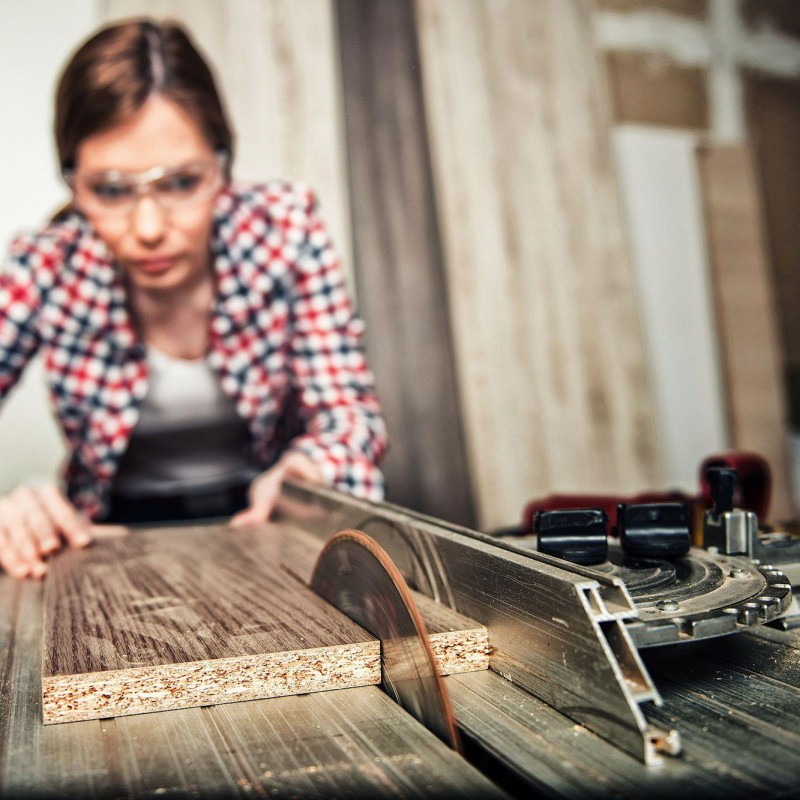
Conclusion
Having the right must-have DIY repair tools is essential for anyone who enjoys taking on home projects and maintenance tasks. Through this comprehensive guide, you’ve learned about the various hand and power tools needed, along with safety measures to keep you protected. You understand the importance of organization and how to expand your tool collection for more advanced projects.
Ultimately, investing in quality tools empowers you to take control of your home repairs and creative endeavors. As you build your toolkit, remember that the right tools, safety equipment, and organization will lead to a more enjoyable and productive DIY experience. With the knowledge you have gained and a well-stocked toolkit, there’s no limit to what you can achieve in your projects. Embrace the joy of DIY, and start creating today!
